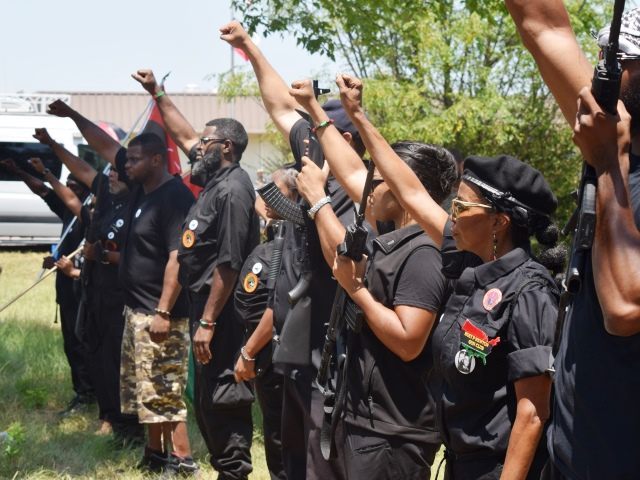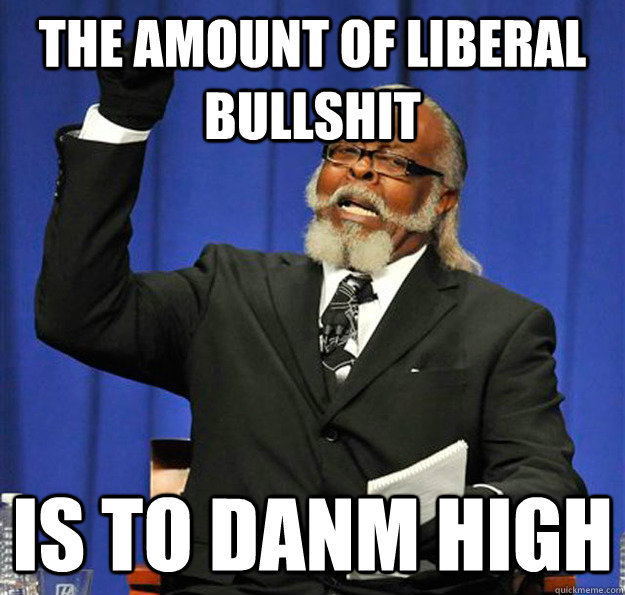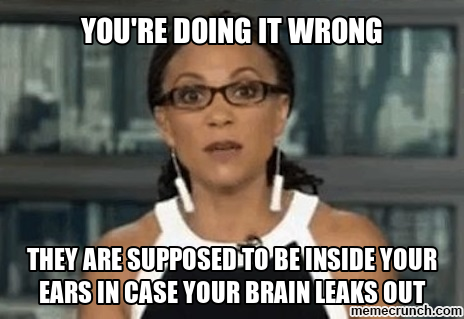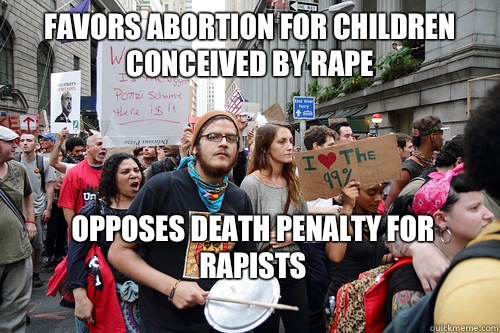
Marijuana might look and smell natural
, but its ecological footprint is anything but green. Pot is power hungry.
The $3.5bn cannabis industry is one of the nation’s most energy
intensive, often demanding 24-hour indoor lighting rigs, heating,
ventilation and air-conditioning systems at multiplying grow sites.
As many as 10 states could legalize recreational marijuana this year,
which means the resultant electricity consumption could cause problems
for public utilities and city officials.
A study by scientist Evan Mills, with the Lawrence Berkeley National
Laboratory, revealed that legalized indoor marijuana-growing operations
account for 1% of total electricity use in the US, at a cost of $6bn per
year. Annually, such consumption produces 15m tons of greenhouse gas
emissions (CO2), equal to that of three million average cars.
In 2012, Colorado became the first state to legalize recreational
marijuana. Two years later, Denver’s 362 marijuana grow facilities
consumed more than 2% of the city’s electricity usage. Statewide
facilities are behind roughly half of Colorado’s new power demands.
Cannabis
growers are moving slowly toward energy efficient practices, largely
out of fear for how changes might affect the quality of their product.
“They approach these things with a great deal of caution, especially
when you talk about things that have a crop-wide effect,” said Ron Flax,
sustainability examiner for Boulder County, Colorado.
“Each crop cycle has a lot of dollars associated with it, so they’re really hesitant to try something new and hope it works.”
“But they’re also paying very high utility bills.
Flax said electricity represented roughly 20% of the total cost of a cannabis operation.
In Boulder County during the second quarter of 2015, a 5,000 square
foot indoor cannabis facility was eating about 29,000 kilowatt hours
(kWh) of electricity monthly. A local household in the county was
consuming about 630kWh.
Given cannabis’ appetite for energy – coupled with Colorado’s mostly
coal-fired power plants – Boulder County has required commercial
cannabis growers to either offset their electricity use with renewable
energy, or pay a 2c charge per kWh.
The fees accrued go towards the Energy Impact Offset Fund, which is
used to educate and finance sustainable cannabis cultivation in the
county, such as installing energy monitors at grow facilities.
But this has also kept energy efficient technologies from budding.
Even after legalization in Colorado, new grow operations largely
resemble underground operations. Investors have been hesitant to jump
onboard.
“But it’s shifting,” said Flax, “as lots of energy professionals and
knowledgeable product manufactures are entering the marketplace.”
Data centers, for example, have similar high-intensity energy
profiles. Flax said some experts are moving into the weed sector, to
profit from crossover technologies.
In other states where the recreation market has taken off, cannabis production is having a similar effect.
According to a report by the Northwest Power and Conservation Council
in Oregon – where recreational marijuana has been legal since 2014 – an
indoor grow system for only four plants sucks up as much energy as 29
refrigerators.
The report also estimated that the emerging market could warrant the electricity demands of a small city in the next 20 years.
Such needs have put strain on public utilities. Last summer in
Portland, Oregon, Pacific Power reported seven outages from cannabis
production. Portland General Electric (PGE) experienced similar blows
We don’t track the numbers specifically related to cannabis
producers, but some have created dangerous situations by overloading
existing equipment,” said Steven Corson, a PGE spokesman.
Customers of PGE and other Oregon utilities are directed to the
Energy Trust of Oregon (ETO), which offers cash incentives and technical
services to marijuana businesses looking to save energy and reduce
costs.
“For a few lighting projects we’re helping medical marijuana growers
complete, the cash incentives range from $15,000 to $80,000, depending
on the size of the lighting system,” said Alex Bartini, industrial
senior program manager for ETO.
Oregon, like Colorado, has no statewide energy efficiency regulations or rules that are specific to growing marijuana.
“We are in the learning stages, as is much of the industry, on where
and how marijuana growing operations can reduce energy consumption,”
said Bartini.
In Washington state, which legalized recreational cannabis in 2012, rewards programs are cropping up.
Solstice, a Washington-based cannabis grower, worked with public utility
Seattle City Light to establish an incentives program for energy
efficient upgrades for “indoor agriculture”.
Alex Cooley, vice-president of Solstice, said the utility agreed to
give them a six-figure rebate if they used 100 LED lights in their
growing operation. The upgrade will put less burden on City Light’s
infrastructure and save Solstice 50% of their energy use.
“It’ll be less money for us to operate the facility over time,” said Cooley.
Solstice uses 1,000W high intensity discharge lamps (HID), which
easily compare to LEDs for the vegetative phase, where roots and leaves
are developed.
But, said Cooley, “we don’t believe that the LED technology is
necessarily there yet for the flowering side”. Flowering is when the
plants grow smokeable buds.
Gabriel Romero, communications at Xcel Energy in Denver, Colorado,
has heard similar feedback. Excel works directly with growing operations
to determine their energy needs.
“Growers tell us that it takes an extra four weeks with LEDs, and to
them it’s just not worth it from a financial standpoint,” he said.
And while Xcel does provide rebates to businesses that lower their
kilowatt hours, the cannabis industry accounts for only a handful of
such rewards. The reason is that cannabis cultivators have no guidebook.
“In growing operations each person has a different way of doing it,” said Romero. “There’s no standard.”
‘It’s the closest thing to the sun’
As long as lighting continues to account for 80% of any indoor
grower’s electricity use, lighting companies can feast on the
marketplace.
Boulderlamp, in Colorado, has created the 315W CDL Agro grow light,
which uses less than half the wattage of a standard 1,000W high-pressure
sodium grow lamp.
If growers replace one standard lamp with two 315W CDLs, said Jack
Elliot of Boulderlamp, they can increase production by roughly 25% while
saving up to 45% on energy.
Its spectrum resembles the sun’s spectrum more than any other
artificial light source,” Elliot said. “In the cannabis world, it’s the
closest thing you can put in an indoor environment that mimics the sun.
And the plants go absolutely crazy under these things.”
Sunshine is what growers seek, but outdoor operations leave crops vulnerable.
“[Indoors] you’re able to perfect your yields and your quality much
more,” said Alex Cooley at Solstice. “But if you’re outdoors, you’re
completely subject to the season.
“As well, the vast majority of us growers have learned indoor as a result of prohibition.”
Consumers may have been trained to believe that indoor-grown is
simply better bud, but Solstice has partnered with farmers that use
multiple outdoor operations and greenhouses for cannabis cultivation. He
believes the market will eventually head outside.
“In my opinion, indoor cannabis is going to be a very shrinking
component of the market, because it’s just too expensive,” he said. “You
can’t justify the cost of $400 or $500 a pound to cultivate inside when
you can cultivate outside for $50 a pound.”
http://www.theguardian.com/us-news/2016/feb/27/marijuana-industry-huge-energy-footprint?utm_source=esp&utm_medium=Email&utm_campaign=GU+Today+USA+-+Version+CB+header&utm_term=159134&subid=13454200&CMP=ema_565


























